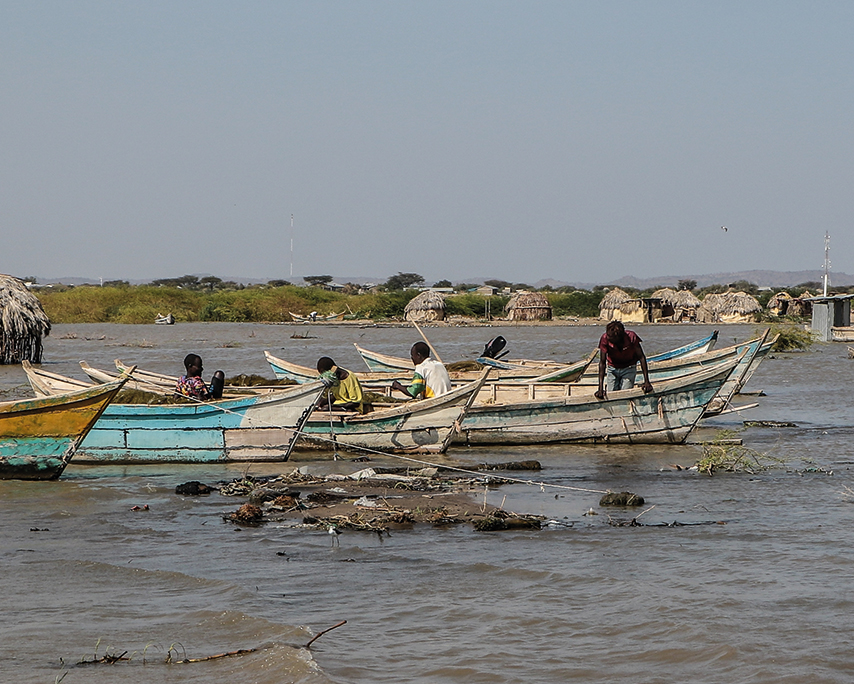The rise of manufactured epidemics and the urgent need for preparedness
Epidemics are no longer confined to the spread of disease—they now take many forms, including raging wildfires, devastating floods, and artificial resource shortages. While such crises were once primarily the result of natural causes, many of today’s disasters are manufactured, either directly or indirectly, through human actions. The policies we implement, the resources we manipulate, and the environmental mismanagement we perpetuate have all contributed to the increasing frequency and severity of these modern epidemics. Some of these crises arise from negligence, while others stem from deliberate actions driven by greed or political interests. Given this reality, how can we enhance our preparedness to detect, mitigate, and respond to these emerging threats before they spiral out of control?
In recent years, wildfires have become more frequent and intense, often due to deforestation, poor land management, and climate change acceleration. Human activities, such as unchecked urban expansion and industrial pollution, have created conditions that turn once-manageable natural fires into catastrophic infernos. Similarly, floods are no longer just the result of heavy rainfall. Poor urban planning, deforestation, and the destruction of natural water barriers have made some areas highly susceptible to extreme flooding. Governments and corporations that prioritise economic gains over environmental responsibility exacerbate these risks.
The COVID-19 pandemic exposed the vulnerabilities of global health systems in terms of medical preparedness and policy failures. Governments downplayed early warnings, supply chains were disrupted, and healthcare infrastructures crumbled under pressure. Additionally, pharmaceutical shortages, often linked to market manipulation and profit-driven motives, have hindered access to life-saving treatments. In some cases, life-saving drugs and vaccines are held back or overpriced due to patent laws and monopolistic control, making public health a commodity rather than a right. While some of these crises result from poor planning or negligence, others are deliberately orchestrated to serve corporate or political interests. Frequently, the line between incompetence and intentional harm is blurred, leaving the public to bear the consequences.
When natural or manufactured epidemics strike, the most vulnerable populations suffer the most. Communities are displaced, healthcare systems collapse, and basic survival becomes a challenge. Hunger, disease, and homelessness follow, creating long-term suffering and instability. Additionally, crises disrupt global and local economies, leading to job losses, inflation, and financial crises. When supply chains are deliberately manipulated or when natural disasters are poorly managed, businesses collapse, and nations face recession.
A solution would be to implement transparency and accountability measures to prevent corruption and intentional crises. One way to do this is for governments to enforce stricter environmental policies, healthcare, and resource management regulations. Furthermore, citizens should demand transparency and action from leaders, holding those responsible for manufactured crises accountable. Even with international cooperation in disaster response, resource sharing and health infrastructure support, local communities should have autonomous response plans to reduce reliance on inefficient bureaucracies.
The world is facing a new breed of epidemics, many of which are rooted in human action, policy failures, and economic exploitation. While we cannot prevent all natural disasters, we can take steps to mitigate the damage caused by human-driven crises. An important thing to remember on this International Day of Epidemic Preparedness is that the future of crisis management lies in preventing disasters from being manufactured as much as we have to respond to them when they happen.



